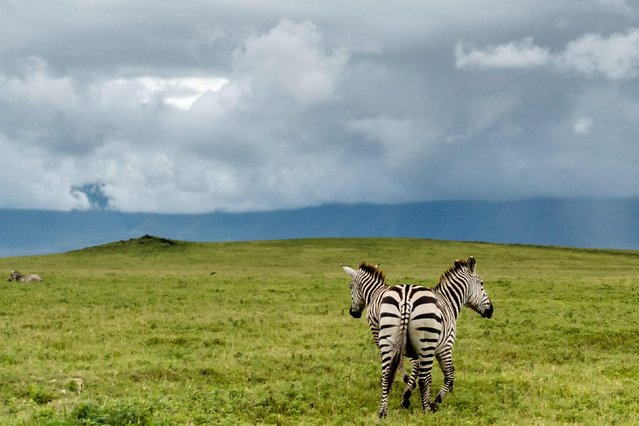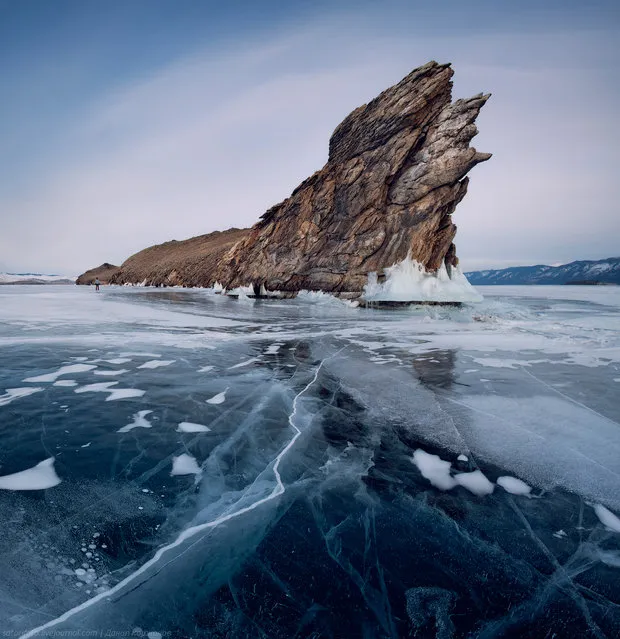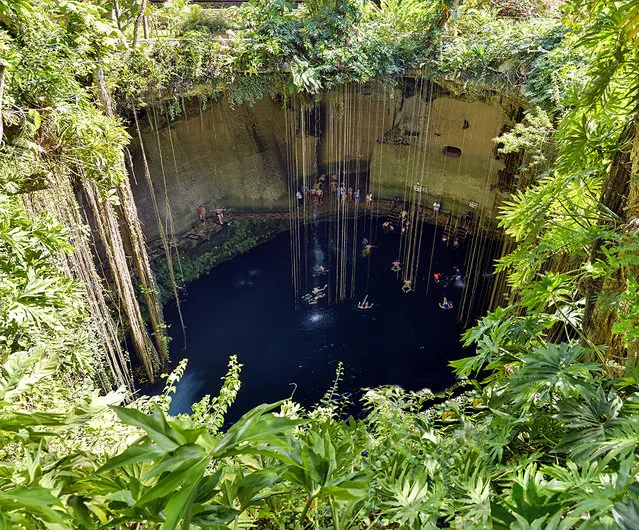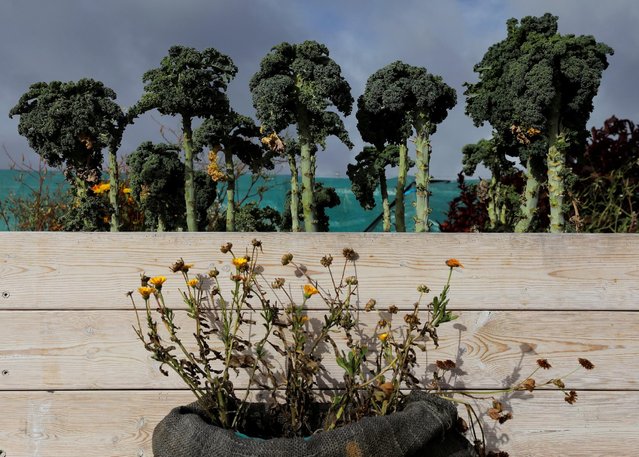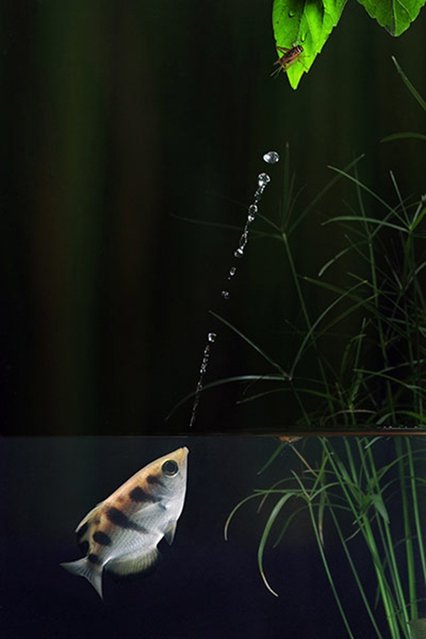
Glam revellers have proudly shown off their vaccine passports as they glammed up for a night on the town on the first day of fresh Covid restrictions in Newcastle, United Kingdom on December 15, 2021. Brits donning festive gear decided to tear up nightclub dance floors and booze in pubs despite fears over the Omicron variant. (Photo by Newcastle New Projects)
16 Dec 2021 07:58:00,post received
0 comments

